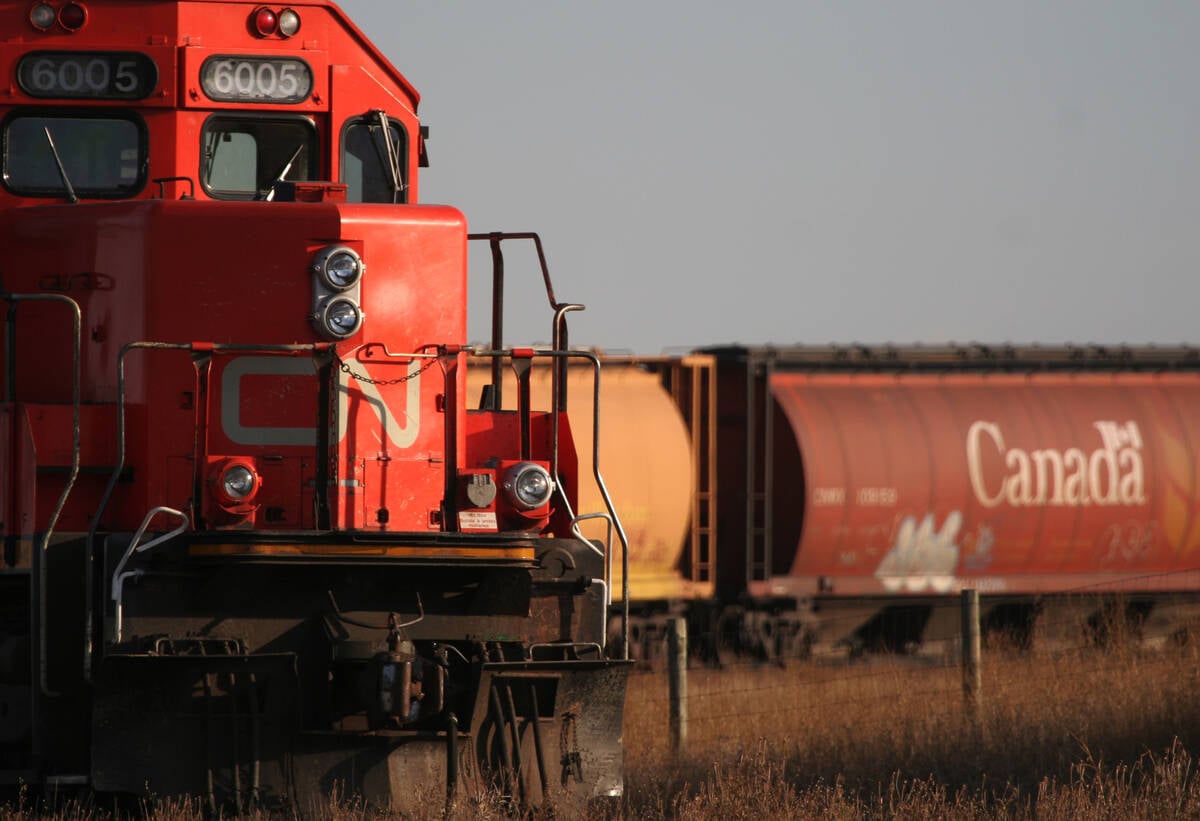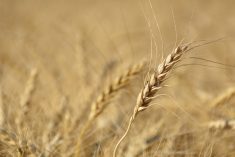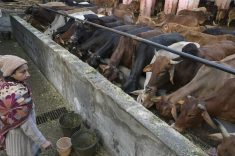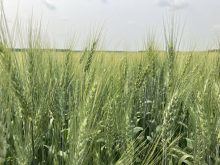Perhaps Rick Andersen checked reports from the Chicago Board of Trade and its sister exchange in Kansas City before he gave his address to the joint meeting of the Saskatchewan and Alberta Institute of Agrologists.
The former farm boy from southern Alberta, a University of Alberta agriculture graduate, is now senior vice-president of Sparks Companies Inc., the respected commodity research firm based in Memphis, Tenn.
But as nearby corn futures prices climbed to all-time highs for the sixth day in a row, Andersen’s big picture outlook, in retrospect, helps explain the recent furnace in commodity pits.
Read Also

Canada-U.S. trade relationship called complex
Trade issues existed long before U.S. president Donald Trump and his on-again, off-again tariffs came along, said panelists at a policy summit last month.
As is usual in the commodity markets, supply and demand are the roots of the action.
“We’re in a period where we can’t count on the sustainability of supply,” Andersen told the meeting. “Ending stocks are now down at a level where we have no room for error.”
Unlike some years when feed grains are abundant but wheat is scarce, both are scarce this year, especially in the U.S. which is the traditional granary for the rest of the world.
Both markets will feed off one another, Andersen said.
Because there’s no room for supply errors, Andersen said that leaves prices – higher prices – as the main mechanism rationing demand.
So far, Andersen said, the record high prices haven’t seemed to ration enough supply. Some ethanol users have reduced corn consumption, and vertically integrated broiler operations like Arkansas food giant Tyson Foods have reduced production by about 10 percent. Other parts of the demand chain have yet to respond.
Different scenario
That’s what makes this rally different than the 1988 spike, the last time commodity prices rose appreciably. That rally was driven by drought and the spectre of temporarily short supplies even though the world was overloaded with grain.
Now, the bins are near empty and there’s not much evidence of slackening demand.
“This is a market that is driven by demand,” Andersen said. “It’s harder to change a demand-driven market.”
He predicts feedlot operators will quit placing cattle, perhaps as many as 200,000 head this summer – a 50 percent drop in placements.
Not only that, but Andersen said cattle left in the lots will come out weighing less.
The net result will be less U.S. domestic use of feed grains and, at least theoretically, increased supply.
Andersen said it may take a huge inverse in the difference between old and new-crop corn futures – $2 (U.S.) per bushel between July and December corn -Êto get that message across to livestock feeders and other end users.














